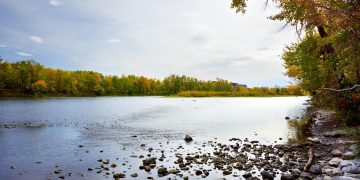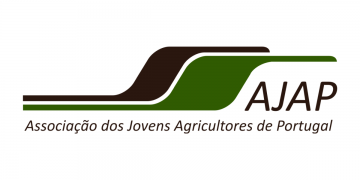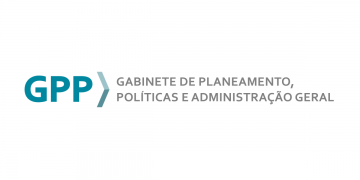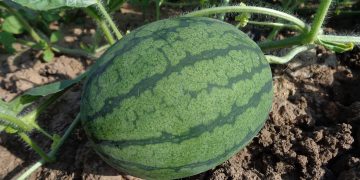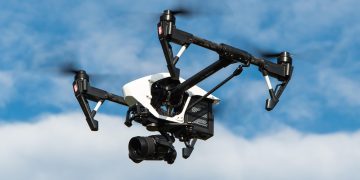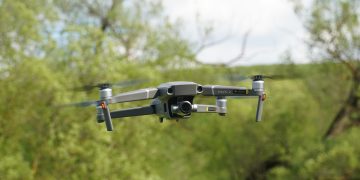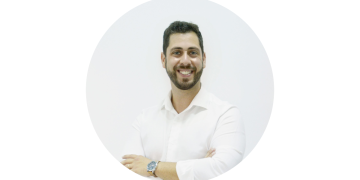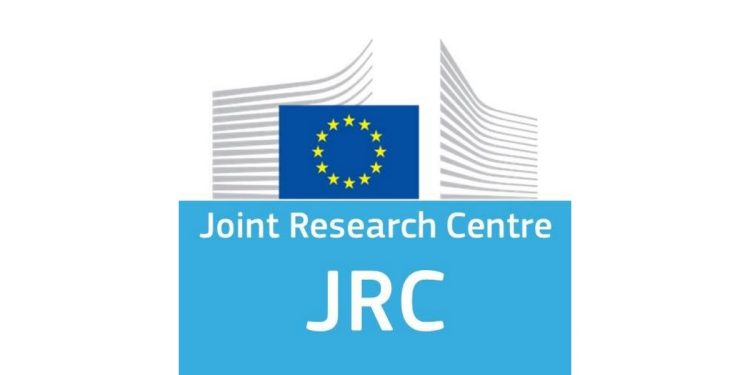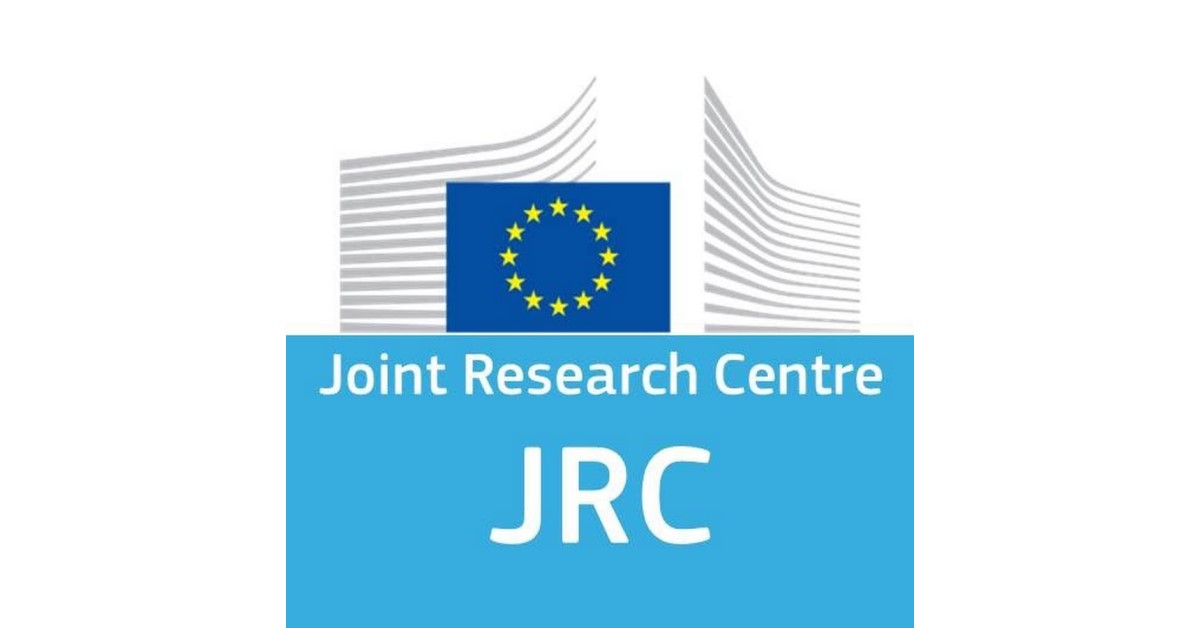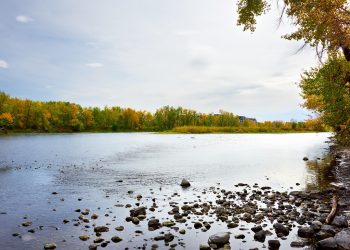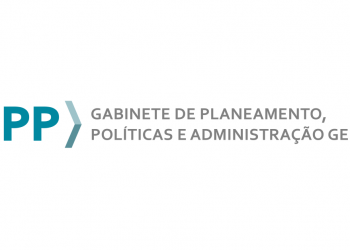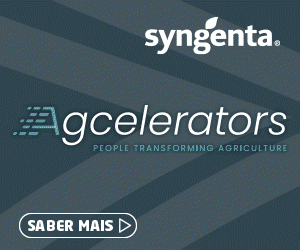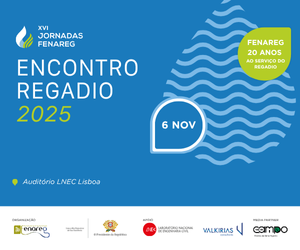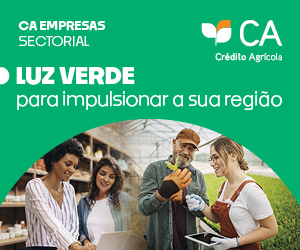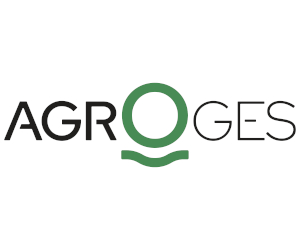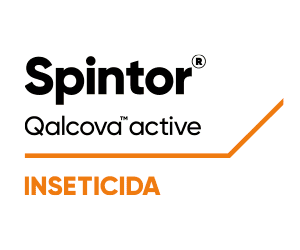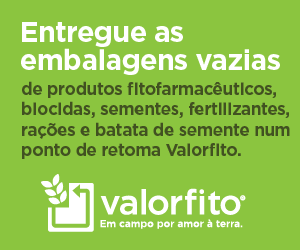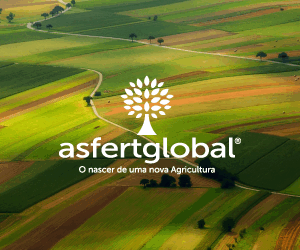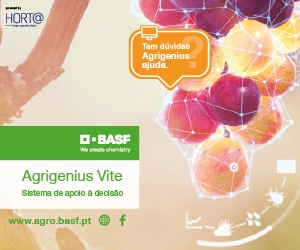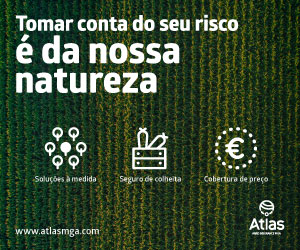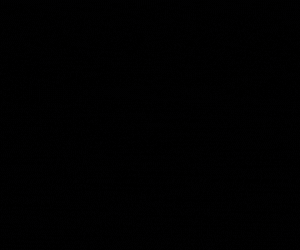The bioeconomy covers all sectors and systems that rely on biological resources. An assessment of the progress and the trends in the EU bioeconomy, carried out by the JRC, confirms the findings of the EU Bioeconomy Progress Report that a better policy coordination is needed to tackle the multiple pressures on land from biomass demand.
This indicates a need for both a reduction in consumption on the one hand, and on the other, a push to innovate and re-skill the workforce to achieve more efficient production and improve recovery and re-use of biomass.
The assessment, Trends in the bioeconomy, is the first of a series based on the EU Bioeconomy Monitoring System, developed by the JRC to track economic, environmental and social progress towards a sustainable bioeconomy. The monitoring system and reporting is a JRC-led action of the EU’s updated 2018 bioeconomy strategy.
EU bioeconomy strategy objectives: state of play
The assessment covers the five objectives of the bioeconomy strategy: Ensuring food and nutrition security; Managing natural resources sustainably; Reducing dependence on non-renewable, unsustainable resources; Mitigating and adapting to climate change; and Strengthening European competitiveness and creating jobs.
While food availability in the EU is stable, food purchasing power has slightly declined in the past five years according to the assessment. Provisioning ecosystem services show a positive trend – however, the indicators focused on pressures on forests and on agroecosystems show a decline in sustainable management. On the other hand, indicators on exploitation levels of fisheries show positive trends, more markedly for the North-East Atlantic area where exploitation levels of fish stocks have been decreasing for all the recorded period.
Trends for resource and energy efficiency are largely positive and the fraction of biowaste recovery is increasing with time. The JRC report highlights that most of the food waste is generated in the final consumption phase of the supply chain, giving a hint where waste reduction strategies may be most efficiently targeted.
In the context of mitigation and adaptation to climate change, there is a slight worsening in the emissions from agriculture and a more acute worsening in the LULUCF (land use land use change and forestry) sector. Within the LULUCF sector, the cropland and grassland are relatively stable throughout time, the fluctuations in the indicator are mainly driven by the forests. The Water Exploitation Index is another critical indicator showing the balance between water demand and abstractions vs. water availability. This indicator is particularly critical for water-stressed regions such as the Mediterranean.
The results of the analysis on competitiveness and jobs creation are mixed. The most positive and dynamic trends can be observed for more recent bio-based industrial activities related to chemicals, pharmaceuticals, plastics and the energy- oriented bio-based sectors. Despite the heterogeneous trends among bio-based activities, the gross value added per person employed in the bioeconomy showed a strong increasing trend. This indicates an improvement in the labour productivity within the overall bioeconomy.
A deep dive on biomass
Biomass is the fuel of the bioeconomy and key component of its value chain. Biomass derives from organic material such as trees, plants, and agricultural and urban waste; and it is used in agriculture, forestry, algae, as well as in the fisheries and aquaculture sectors.
According to a new JRC report on EU biomass supply and uses, there is a trend of increasing supply and uses of biomass for materials and energy in the EU.
The report, Biomass production, supply, uses and flows in the European Union, estimates the total supply of biomass, including domestic production and net imports, to approximately 1 billion tonnes of dry matter (tdm), whereas the uses amount to 1.2 billion tdm. The additional biomass in uses with respect to production plus net import, is due to the recovery of waste from industry and households.
The findings show that half of biomass use accounts for animal (feed and bedding, 40%) and plant-based (10%) food production, while materials account for 28% and energy for 22%. Biomass use increases from both primary domestic production and secondary sources, with highest increases for biomass uses for bioenergy, using both primary and secondary sources, followed by material uses. The amount of biomass used for food production remains largely constant.
The EU is increasingly dependent on biomass for material and energy, and biomass is expected to become even more important as resource. The pressure on land to produce biomass, whether it is within the EU or outside of our borders, should therefore be closely monitored.
The JRC reports that clearing land for production of crops and commodities results in deforestation and forest degradation. The EU-27 has been identified as an important contributor to tropical deforestation through the consumption and trade of products and commodities such as cattle (beef meat), cocoa, coffee, palm oil and soybeans, among others. EU imports contributed to up to 25.5% of the deforested area.
Background
The 2018 update of the Bioeconomy Strategy aims to
- accelerate the deployment of a sustainable European bioeconomy
- contribute towards the Sustainable Development Goals (SDGs)
- help fulfill the goals of the Paris Agreement.
The 2022 Bioeconomy Progress report concluded that progress had been made particularly in three main areas:
- An increasing number of national and regional bioeconomy strategies promote cross-sectoral cooperation and sustainability principles, and invest in bioeconomy innovation.
- Progress on bioeconomy deployment has been achieved in Central and Eastern European countries, aided by significant EU funding contributions and the establishment of new fora and networks.
- Mobilisation of private investments and research and innovations in food and other bio-based industries are increasing and show promising developments. Europe has a strong position in the global market for bio-based chemicals and materials.
This review has also identified gaps in the current Action Plan that require further action. First, increased focus on how to better manage land and biomass demands to meet environment and economic requirements in a climate neutral Europe. Second, work on more sustainable consumption patterns to ensure environmental integrity.
According to the JRC report Trends in the bioeconomy [link], as of December 2022, in the EU-27 there are 10 EU countries with national bioeconomy strategies dedicated to the bioeconomy (Austria, Germany, Spain, France, Finland, Ireland, Italy, Latvia, Netherlands and Portugal) and seven with their respective national strategies under development (Czechia, Croatia, Hungary, Lithuania, Poland, Sweden and Slovakia).
Six countries have other policy initiatives dedicated to the bioeconomy (namely sub-national bioeconomy strategies in Belgium and macro-regional strategies covering Bulgaria, Denmark, Estonia, Romania and Slovenia). The remaining four EU countries (Cyprus, Greece, Luxemburg and Malta) cover the bioeconomy through national energy and climate plans, national strategies on adaptation to climate change and circular economy strategies.
Related links
Biomass production, supply, uses and flows in the European Union
Knowledge Centre for Bioeconomy
Fact Sheet Research & Innovation in the Bioeconomy
O artigo foi publicado originalmente em JRC.

